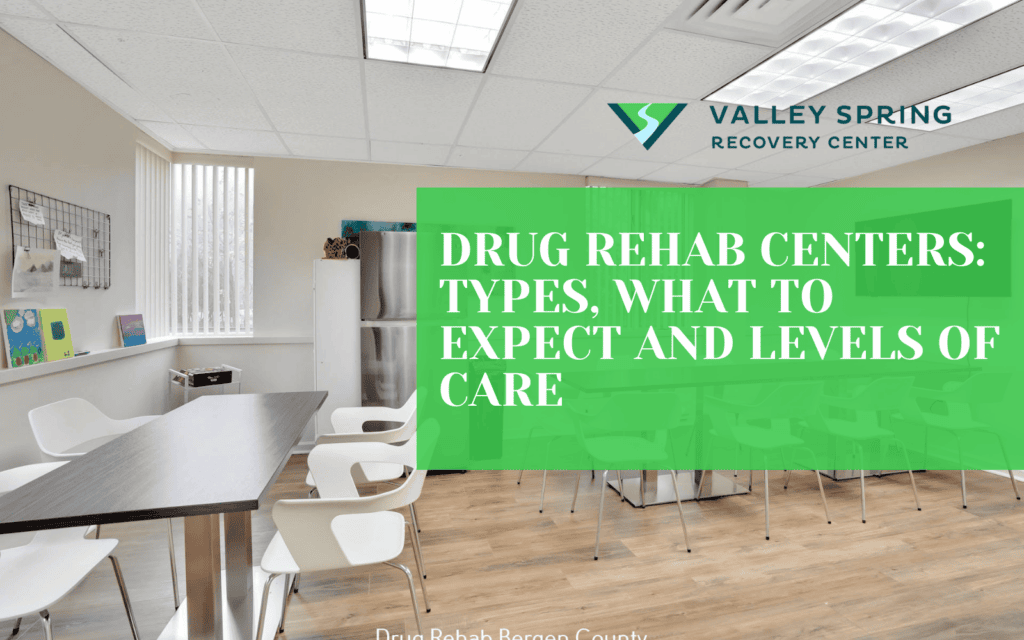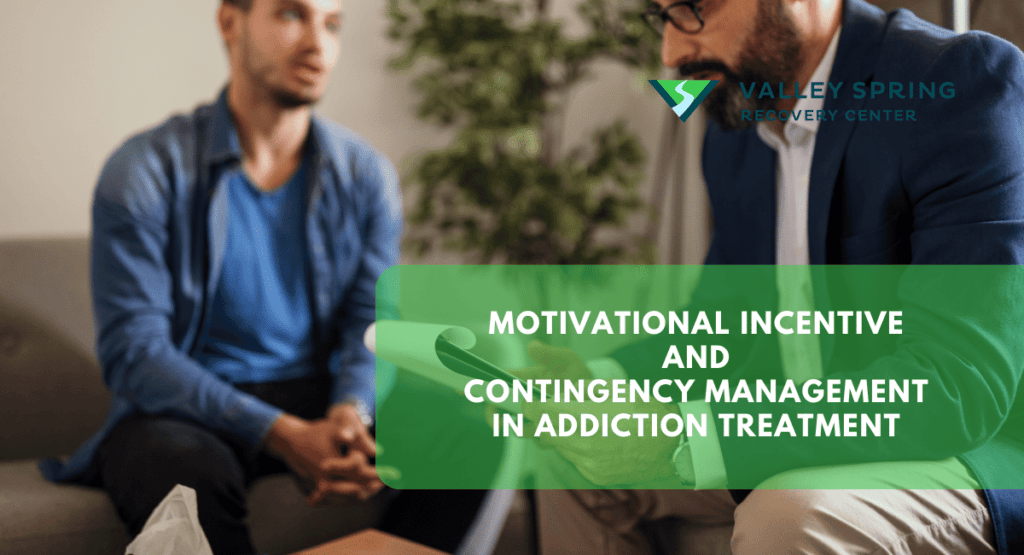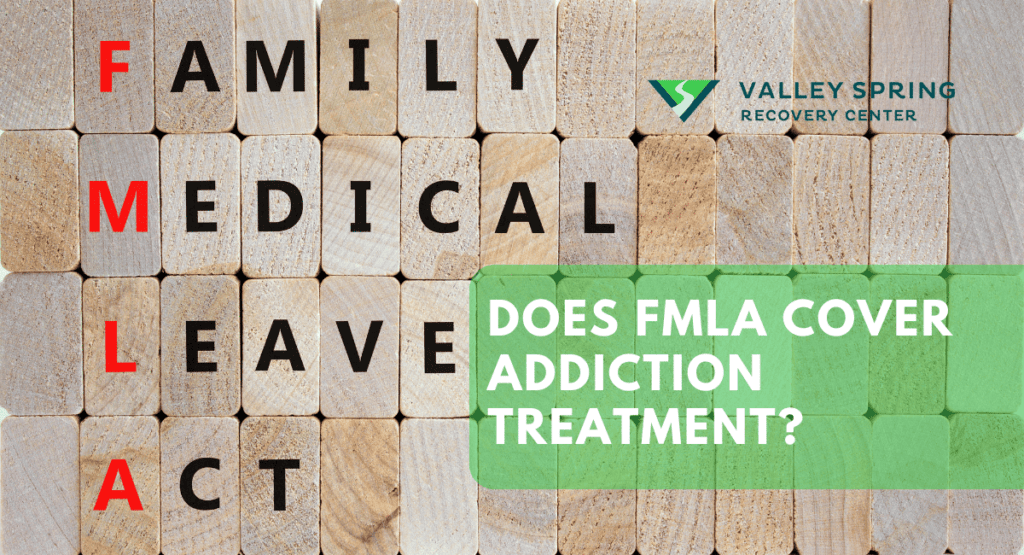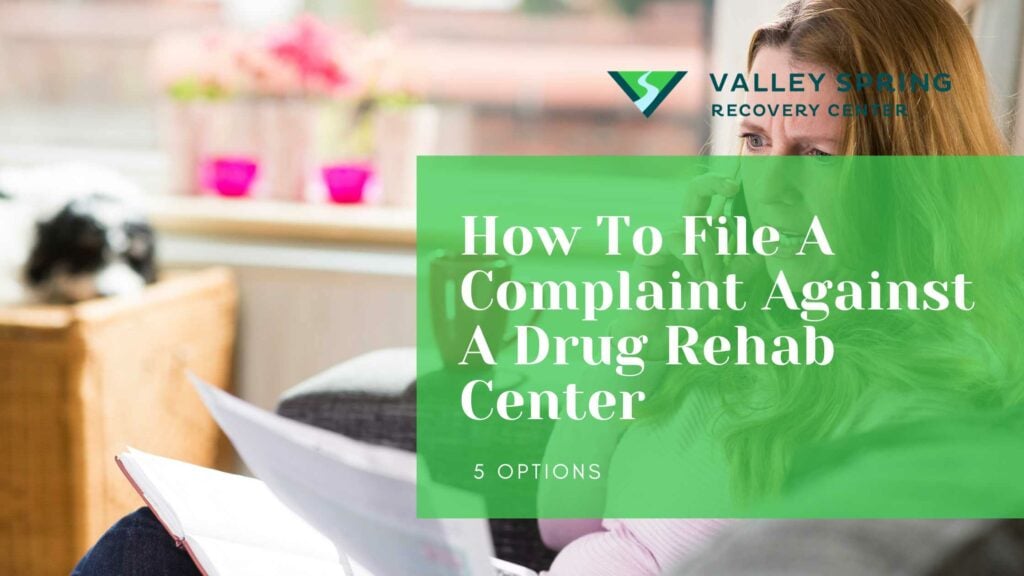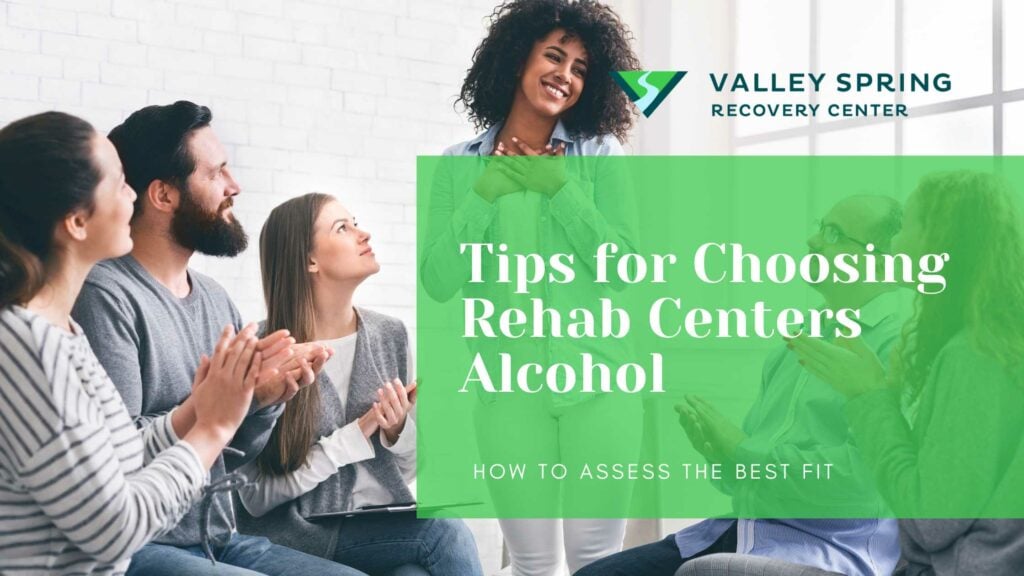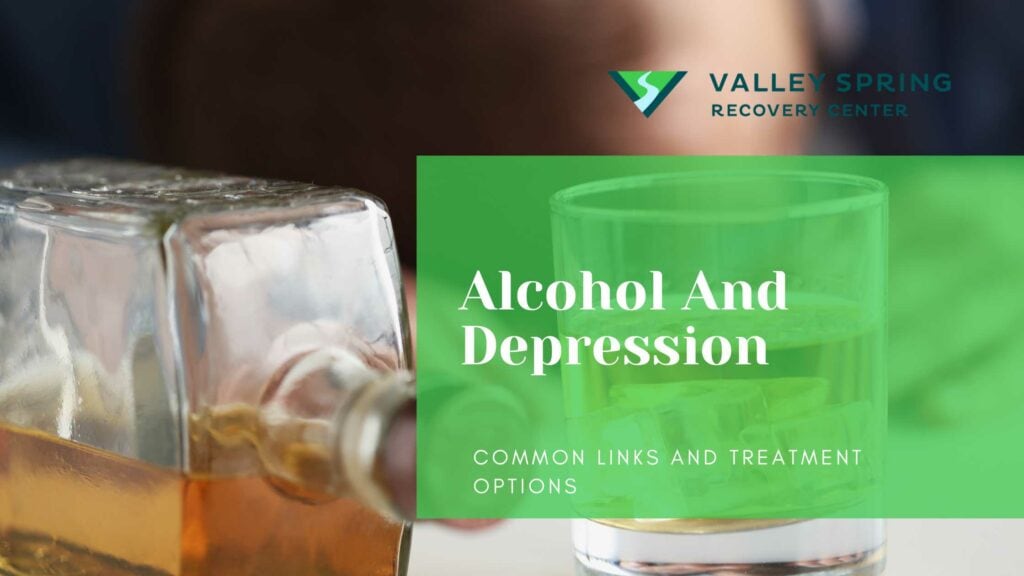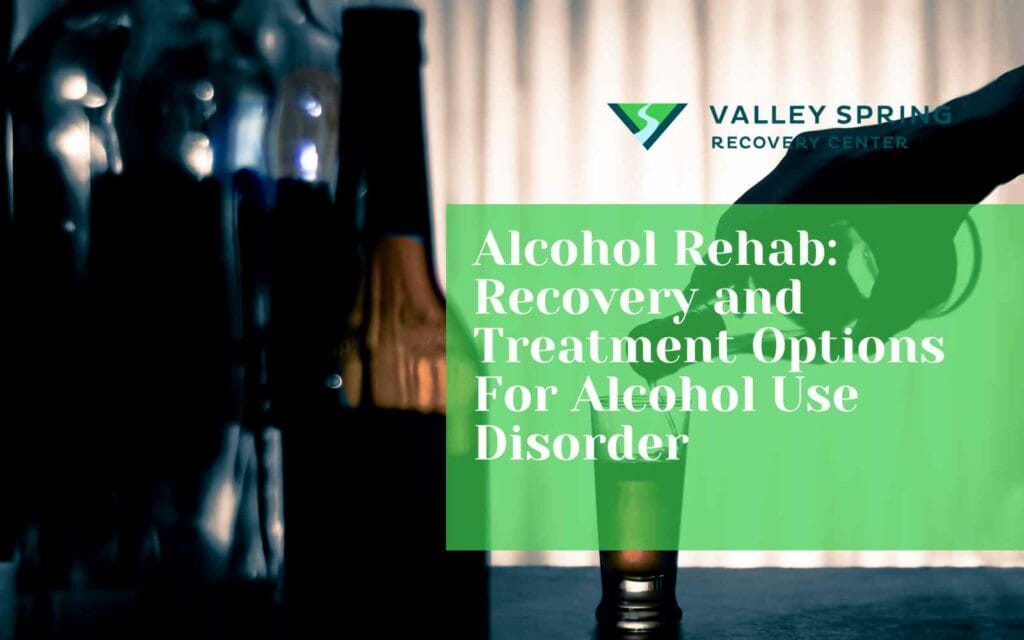Drug and Alcohol rehab centers provide programs and treatments that help individuals stop consuming harmful substances and resume healthy, productive lives. These programs focus on healing the body mind and spirit. Drug rehab centers aren’t one-size-fits-all; they have diverse characteristics, varying amenities, and focuses, and provide these services with multiple levels of frequency and intensity based on the needs to the individual receiving the services.
The type of drug rehab centers includes inpatient facilities, outpatient programs, and specialized treatments tailored to specific substances or co-occurring disorders, among others. Each type comes with its own set of protocols, approaches, and levels of intensity.
The factors that influence your choice of a rehab center are manifold. They encompass the severity of your addiction, any underlying mental health conditions, logistical considerations like location and cost, as well as what your insurance might cover.
The ramifications of selecting an ill-fitting rehab center can be severe, potentially leading to relapse, financial strain, or exacerbation of pre-existing psychological conditions. Therefore, understanding what to expect at each type of facility and the level of care offered is crucial.
What Is A Drug Rehab Center?
A drug rehab center sometimes called an addiction treatment center, is a place that provides treatment to individuals and sometimes families of individuals who are addicted to drugs and alcohol. Rehab centers provide different types of treatment with varying levels of intensity based on the type of addiction and the drug addict’s stage in the addiction cycle to appropriately match the addict’s needs with therapeutic solutions.
For instance, if an individual is actively addicted to heroin, they will have physical withdrawal symptoms that require the type of medical care that is administered in a residential rehab center which is different from marijuana addiction which does not have severe effects on the body and could be treated with counseling in an outpatient program.
The goal of a rehab center is to properly diagnose the individual addicted to drugs and start treating every part of the addict that has been affected while also treating the underlying symptoms or disorders that lead to the addiction in the first place. Effective addiction treatment centers provide a variety of individualized treatments that target both the physical and psychological aspects of addiction, leading to holistic recovery.
What Services are offered in rehab?
Drug and alcohol rehab services often include detoxification to eliminate the drug from the body, medication-assisted treatment to manage withdrawal symptoms, and therapies like Cognitive Behavioral Therapy (CBT) to address the root psychological triggers of addiction. Rehab centers may also offer additional support services such as individual counseling, group therapy, educational programs, and aftercare planning, all aimed at providing a comprehensive approach to recovery. The settings can range from outpatient clinics to residential or inpatient facilities, and the length of stay can vary depending on the severity of the addiction and the individual’s specific needs. The conditions of drug rehabs can also vary based on the socioeconomic status of the patients treated within the facility. There are Luxury Rehabs, rehabs that accept insurance, and free rehab centers that are run by the government or have contracts with Medicaid.
What is a drug rehab center like to go to?
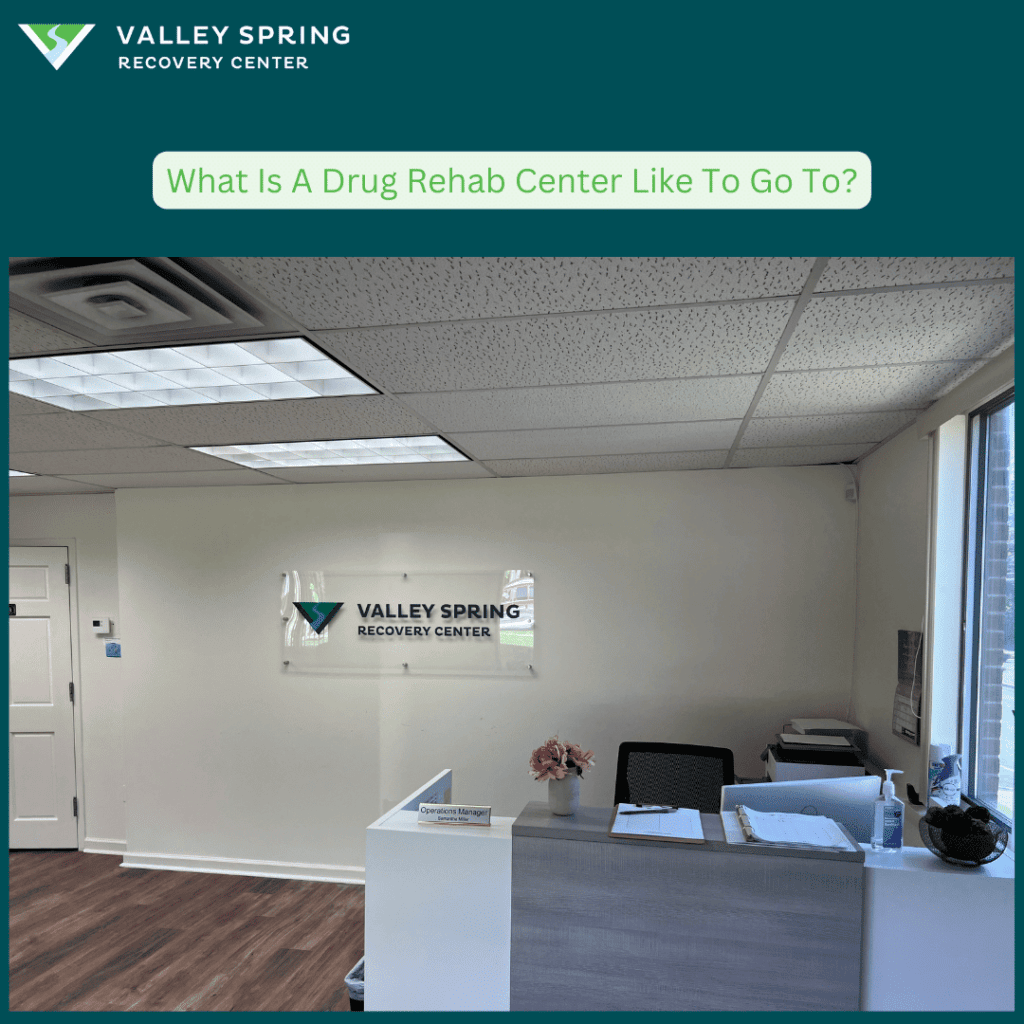
Going to rehab can be an overwhelming experience filled with uncertainty. Generally, the rehab process begins with an assessment, followed by detoxification, therapy sessions, and finally, aftercare. Each phase is designed to tackle different facets of addiction, from the physical to the psychological, equipping you with the tools you need for long-term sobriety. The experience in rehab can vary significantly depending on the type of program, the length of stay, and the individual’s specific needs. However, here are some common aspects you can generally expect:
Initial Assessment: Upon admission, most rehabs conduct an initial assessment to determine the level of care required. This usually involves a comprehensive evaluation that includes medical, psychological, and lifestyle factors.
Structured Routine: Life in rehab is generally very structured, with a schedule that includes therapy sessions, group meetings, meals, recreational activities, and possibly medication management. This structure is designed to help patients break free from the chaotic lifestyle that often accompanies addiction or mental disorders.
Individual and group therapy sessions are a crucial component of most rehab programs. These sessions often employ evidence-based approaches like Cognitive Behavioral Therapy (CBT) and may also include other modalities like family therapy, motivational interviewing, and more specialized treatments like trauma therapy for those who need it.
Medical Care: Many rehabs offer medical care, including medication-assisted treatment (MAT) for withdrawal symptoms and co-occurring medical conditions. Medical staff are generally on hand to monitor the health and well-being of patients.
Education and Skill Building: In addition to medical and psychological treatment, rehabs often offer educational programs to teach patients about the nature of addiction, as well as skills for managing cravings, avoiding relapse, and living a balanced life.
Peer Support: Interaction with other patients who are going through similar struggles can offer valuable emotional support. Many people form lasting friendships during their time in rehab.
Aftercare Planning: Before discharge, the treatment team will generally develop an aftercare plan, which may include ongoing therapy, medication, and support group meetings to help the individual maintain their progress post-rehab.
The environment in a rehabilitation center can vary significantly depending on the facility’s focus, budget, and target clientele. However, the ambiance and amenities are designed with the aim of supporting recovery, whether that’s through clinical utility, comfort, or a mix of both. Here’s a breakdown of what you might find:
Clinical Setting: In a more medically oriented facility, the environment might feel similar to a hospital. There would be more emphasis on functionality than luxury, with medical equipment readily available and healthcare providers frequently on site. These facilities are often more economical but might lack some of the comfort features that other types of rehabs offer.
Therapeutic Mileu: Regardless of the setting, many rehabs employ milieu therapy, a form of treatment where the patient’s social environment itself becomes a therapeutic agent. The aim is to create a positive, supportive community among patients and staff, thereby promoting behavioral and psychological change.
What Are Different Types Of Rehabs?
There are many different types of drug and alcohol rehab centers that cover a broad spectrum of treatment services created to address specific disorders more deeply and also different types of rehab centers that cater to different demographics of individuals to take into account things like cost or professional background.
1. Inpatient Rehab
Inpatient Rehab is a center, facility, or clinic that provides treatment for those suffering from addiction to drugs and/or alcohol in a residential facility where the addicted individual lives at the facility.
Inpatient rehab centers have different specialties and characteristics to appeal to a broad variety of addicts with different personalities demographic backgrounds and needs. Some of the characteristics that can categorize the types of inpatient rehabs are listed below:
- Luxury Rehab: At the other end of the spectrum, you’ll find high-end or “luxury” rehabs that aim to provide a resort-like experience. These facilities might offer private rooms, gourmet meals, fitness centers, and even spa treatments in addition to medical and therapeutic care. The idea is to offer a very comfortable, stress-free environment to aid in the recovery process.
- Free Rehab Centers: On the more accessible end of the treatment spectrum are free rehab centers, designed to provide essential addiction recovery services at no cost to the patient. These facilities often rely on government funding, grants, or community donations to operate. While they may not offer the luxury amenities found in high-end rehabs, they focus on delivering effective medical and therapeutic care. The aim is to make addiction treatment accessible to everyone, regardless of financial constraints, ensuring that all individuals have an opportunity for recovery.
- Holistic rehabs focus on treating the whole person, not just the addiction or disorder. The setting in these facilities often includes natural or tranquil surroundings, with amenities like yoga classes, meditation spaces, and organic meals. You may find alternative treatments like acupuncture or herbal therapies here.
- Outdoor/Adventure-Based Rehab: Some rehab centers use nature and physical activities as part of the treatment process. These facilities might be located in rural or wilderness areas and include activities like hiking, canoeing, or equine therapy.
- Gender-Specific or Age-Specific Environment: Some facilities offer specialized environments for specific groups, such as gender-specific rehabs or those tailored for teens, adults, or seniors. The amenities and settings are curated to meet the unique needs and comfort levels of these specific populations.
- Trauma-Informed Rehab Centers: Specializing in a holistic approach to addiction recovery, trauma-informed rehab centers integrate an understanding of past traumas into their treatment programs. Recognizing that substance abuse often co-occurs with emotional or psychological trauma, these facilities offer therapies like Eye Movement Desensitization and Reprocessing (EMDR) and Cognitive Behavioral Therapy (CBT) tailored to address underlying issues. The environment is designed to be safe and non-triggering, allowing patients to focus on both their addiction and any co-occurring mental health conditions. This dual approach aims to provide a more comprehensive path to long-term recovery.
2. Outpatient Rehab
Outpatient rehabs utilize evidence-based therapies and allow patients to see a therapist in an individual and group setting as well as continue with medication management while living on their own, outside of the clinic. Outpatient treatment is perfect for individuals who do not have acute withdrawal symptoms and are only experimenting with drugs, have mild addiction symptoms or are in early recovery. Outpatient rehab programs can treat drug-addicted individuals in person or remotely through telehealth if they are not able to travel to receive treatment in person.
What Are The Drug Rehab Levels of Care and Intensity?
The levels of care in drug rehab, defined by the American Society of Addiction Medicine (ASAM), range from early intervention services to medically managed intensive inpatient services, tailored to meet the specific needs of individuals at different stages of addiction recovery. This system ensures that patients receive the appropriate intensity and type of treatment, from medical detox to outpatient support, based on a comprehensive assessment including ASAM guidelines and the DSM manual, aiming for long-term sobriety.
The American Society of Addiction Medicine (ASAM) has established five main levels in a continuum of care for substance abuse treatment:
- Level 0.5: Early intervention services
- Level I: Outpatient services
- Level II: Intensive outpatient/Partial hospitalization services (Level II is subdivided into levels II.1 and II.5)
- Level III: Residential/Inpatient services (Level III is subdivided into levels III.1, III.3, III.5, and III.7)
- Level IV: Medically managed intensive inpatient services
The level of care is generally determined after a comprehensive assessment and may include varying degrees of medical intervention, psychotherapy, and support. Levels of care typically range from detoxification services, which are often medically managed and may require hospitalization, to residential or inpatient programs, partial hospitalization programs (PHP), intensive outpatient programs (IOP), and standard outpatient services. Each level offers a different intensity of service and is designed to treat addiction with a tailored approach, aiming to provide the patient with the necessary tools to achieve long-term sobriety.
Navigating the landscape of addiction treatment can be complex, but understanding the various levels of care is crucial for anyone seeking help. The tiers of treatment for drug and alcohol addiction range from highly intensive medical detox to lower-intensity outpatient programs, each tailored to the needs of the patient at a particular stage in their recovery. The most effective method to determine what you need is through a comprehensive assessment and placement into a program based on the Diagnostic and Statistical Manual of Mental Disorders (DSM-5-TR) the standard classification of mental disorders used by mental health professionals in the United States. The DSM guidelines help clinicians evaluate a patient’s mental and physical state, readiness for change, and specific treatment needs.
After undergoing an assessment based on ASAM guidelines and the DSM manual, patients receive personalized treatment recommendations. The evaluative criteria often include factors such as the severity of substance misuse, co-occurring mental health conditions, medical complications, and the individual’s social environment, among others. The depth of this assessment ensures that individuals are placed in a program that optimally aligns with their current state and goals for recovery, thereby maximizing the chances for long-term sobriety and well-being.
Different stages of recovery may require different levels of care:
Medical Detox is the initial phase involves medically supervised detoxification to safely remove substances from the body. Medical protocols are strictly adhered to, ensuring physical stabilization.
Inpatient Rehab starts after medical detox, you may enter an inpatient rehab facility, where you will receive 24/7 medical care in a structured environment. Treatment includes a blend of therapies, educational sessions, and perhaps holistic practices like meditation and yoga.
Partial Hospitalization Treatment (PHP) serves as a bridge between inpatient care and outpatient treatment, offering a structured, yet less intensive care schedule. This program includes both medical supervision and a range of therapies.
Intensive Outpatient and Outpatient Treatment provide greater flexibility, allowing individuals to continue with their daily activities while undergoing treatment. IOP and OP are treatment protocols are similar to those in inpatient and PHP but on a more flexible schedule with less intensity.
ASAM describes outpatient treatment and the ways it can be broken down into four sequential stages that clients work through, regardless of the level of care at which they enter treatment:
- Stage 1—Treatment engagement
- Stage 2—Early recovery
- Stage 3—Maintenance
- Stage 4—Community support
How do outpatient and inpatient rehab centers differ in their approach and care intensity?
Inpatient rehab centers offer a more intensive level of care. Patients reside at the facility for the duration of their treatment, receiving 24/7 medical supervision. This type of facility is ideal for those with severe addictions or other medical complications. Outpatient treatment centers are not able to provide the same level of medical support since the drug-addicted individual is not living at the facility which is a key difference when comparing inpatient rehab Vs outpatient rehab.
Outpatient rehab centers, on the other hand, allow patients to continue with their daily routines like work or school. They attend treatment sessions at the facility several times a week. This type is suitable for those with a strong support system at home and milder forms of addiction.
What is a Holistic Drug Rehab Center?
A Holistic addiction treatment center addresses the entire person including the underlying symptoms and causes that lead to addiction as well as physical health. Some rehab centers focus their curriculum on holistic treatment methods including:
yoga and mindfulness: Holistic addiction treatment often incorporates yoga and mindfulness as tools for achieving mental clarity and physical strength. These practices aim to bring awareness to the present moment, helping individuals better understand their cravings and emotional triggers.
Acupuncture and Traditional Chinese Medicine: Holistic treatments may also offer acupuncture and traditional Chinese medicine as adjunct therapies. These treatments aim to balance the body’s chi (energy), which is believed to contribute to wellness on both physical and mental levels.
Nutritional Counseling: A balanced diet can have a significant impact on a person’s journey to sobriety. Holistic addiction treatment often includes nutritional counseling to ensure that individuals are receiving the vitamins and nutrients needed to support recovery.
What Is an Experiential Rehab Center?
Experiential therapy is an action-oriented psychotherapy that helps patients address subconscious issues through activities like role-playing, guided imagery, and recreation. By engaging in real-world experiences, participants gain deeper emotional insight and develop coping mechanisms, facilitating holistic healing. Many drug rehab centers focus their curriculum around experiential therapies including:
Wilderness Therapy: One of the most immersive forms of experiential treatment is wilderness therapy. This involves taking individuals into nature, away from the distractions and triggers of their regular environment. Here, they engage in survival skills training, hiking, and other outdoor activities to foster resilience and teamwork.
Adventure Therapy: Similar to wilderness therapy but less intense, adventure therapy involves outdoor activities like rock climbing, kayaking, and ropes courses. It combines physical activity with cognitive-behavioral therapy, aiming to bring about change through action.
Animal-Assisted Therapy: Experiential treatments can also include animal-assisted therapy, where the act of caring for an animal helps individuals develop empathy, responsibility, and a sense of purpose—qualities often eroded by addiction.
Are there specialized rehab centers for certain types of drug addictions?
Yes, many rehab centers specialize in treating specific drug addictions. These centers offer tailored programs and therapies targeting the unique challenges and withdrawal symptoms associated with particular substances. Examples include centers for opioid addiction, alcoholism, or methamphetamine addiction.
Are There Specialized Programs for Specific Groups, like Veterans or Young Adults?
Yes, there are numerous specialized addiction treatment programs tailored to specific groups. Veterans, for example, often face unique stressors, including PTSD, that can lead to substance abuse. Specialized treatment centers for veterans focus on trauma-informed care and offer resources like vocational training and housing assistance. Young adults and students, another vulnerable group, may benefit from rehab programs that provide educational support alongside addiction treatment. These specialized programs incorporate therapies and support systems that address the unique challenges faced by these populations, making them an essential part of the broader addiction treatment landscape.
What Are The Different Types Of Therapies That Occur in A Rehab Center?
Evidence-based therapy is a cornerstone of effective treatment, and various modalities can be employed based on individual needs. These may include:
- Cognitive Behavioral Therapy (CBT)
- Dialectical Behavior Therapy (DBT)
- Motivational Interviewing
- Family Therapy
- Group Counseling
Evidence-based treatments often start with Cognitive Behavioral Therapy (CBT), a short-term, goal-oriented psychotherapy treatment that takes a hands-on, practical approach to problem-solving. It aims to change patterns of thinking or behavior that contribute to addiction, making it particularly effective for substance abuse and co-occurring disorders like anxiety or depression.
Medication-assisted treatment (MAT) is a cornerstone in evidence-based treatment. This combines behavioral therapy and medications to treat substance use disorders. MAT is mainly used for opioid, alcohol, and nicotine addiction, and it has been proven to improve patient survival rates and increase retention in treatment programs.
A form of CBT, Dialectical Behavior Therapy (DBT) focuses on providing therapeutic skills in four key areas: mindfulness, distress tolerance, emotion regulation, and interpersonal effectiveness. It’s often used for individuals who have difficulty in emotional situations and is particularly effective for treating borderline personality disorder along with substance abuse.
Help Is Right Around The Corner.
Private, Confidential, Evidence-Based Drug Rehab in Northern New Jersey
How Long Does Rehab Last?
The duration of rehab can vary significantly depending on several factors, including the type of addiction, the presence of any co-occurring mental health disorders, and the specific treatment plan tailored for the individual. Here’s a general breakdown based on different levels of care:
- Medical Detox: Typically lasts between 5 to 14 days, depending on the substance and severity of addiction.
- Inpatient Rehab: Can range from 28 days to 90 days, though long-term residential treatment may extend beyond that period.
- Partial Hospitalization Program (PHP): Generally lasts for 1 to 6 weeks, with treatment sessions that can span 4 to 6 hours per day.
- Intensive Outpatient Program (IOP): This can be variable but often lasts for about 8 to 12 weeks, with sessions spanning a few hours per day, multiple days a week.
- Outpatient Treatment: Varies widely, often ranging from 3 months to over a year, with weekly therapy sessions.
The length of stay in a rehab program varies from person to person and depends on several factors, such as the severity of the addiction, co-occurring mental health disorders, and individual progress. If your wondering how long drug rehab lasts, generally speaking, programs can range from 28 days to 90 days or even longer. Treatment programs are based on each individual’s needs and should be assessed using criteria such as the ASAM guidelines and DSM manual to determine the most suitable treatment duration. Following primary treatment, many individuals also engage in aftercare programs, which can be long-term commitments to help prevent relapse and continue recovery.
Remember, effective treatment is less about the time spent in a program and more about the program’s comprehensiveness and ability to address the unique needs of the individual.
What Happens After Rehab?
Successfully completing a drug rehab program is a significant milestone, but it’s essential to understand that recovery is an ongoing process. Aftercare and relapse prevention strategies are critical components for maintaining sobriety and leading a healthier life long-term. Without a well-defined aftercare plan, the risk of relapse increases significantly.
Aftercare typically involves a variety of services and interventions designed to continue supporting you after you’ve completed more intensive treatment. This can include outpatient counseling, group therapy, mentorship programs, and even job placement services. Some aftercare programs may also provide ongoing medical support for individuals who require long-term medication as part of their recovery plan. Telehealth is increasingly used to make aftercare more accessible, allowing patients to receive ongoing care from the comfort of their homes.
Relapse prevention begins by identifying triggers and high-risk situations that could lead to substance use. Triggers can be emotional, environmental, or social. One of the most important tips for staying sober is understanding emotional triggers can include feelings like stress, sadness, or boredom, while environmental triggers might be places or things associated with drug or alcohol use. Social triggers are people or social situations that encourage or normalize substance abuse.
Prevention strategies often involve cognitive-behavioral techniques that help you identify negative thought patterns and replace them with healthier coping mechanisms. Mindfulness and stress management are also common techniques taught to help manage triggers effectively. Many people find that engaging in regular physical activity can also be a powerful tool for relapse prevention.
The role of family and community in aftercare and relapse prevention cannot be overstated. Emotional and logistical support from loved ones can make a significant difference in one’s ability to stay sober. Many people also benefit from community-based support groups like Alcoholics Anonymous (AA) or Narcotics Anonymous (NA).
Continuing Education and Career Development: Maintaining a stable, fulfilling life can deter the temptations that lead to relapse. As part of aftercare, some programs offer educational support and career development services. Helping individuals build a new, substance-free life can be one of the most effective ways to prevent relapse over the long term.
Technology-Assisted Tools: Apps and online platforms offer new avenues for aftercare and relapse prevention. These technologies can provide around-the-clock support, helping you track your progress, and can sometimes connect you with a community or professionals when you need immediate help.
How do drug rehab centers handle relapses and ensure long-term recovery?
Relapse is often considered a part of the recovery journey. Rehab centers address it by refining the treatment plan, reinforcing coping skills, and offering intensive counseling. To ensure long-term recovery, many centers provide aftercare programs, support groups, and ongoing therapy sessions.
frequently asked questions (FAQs) about Drug And Alcohol Rehab
What should you expect when admitting to a drug rehab?
When admitting to a drug rehab facility, you can expect a thorough intake process designed to understand your unique needs and tailor your treatment plan accordingly. The process usually starts with an assessment that captures your medical history, the extent of your substance use disorder, and any co-occurring mental health conditions. This is followed by a discussion about treatment options, which can range from medical detox to inpatient and various outpatient programs.
You’ll likely meet a team of professionals who will be involved in your care, including medical doctors, nurses, therapists, and support staff. They will explain the ground rules of the facility, provide a tour of the center, and walk you through the daily schedule, which is often a structured mix of therapies, medical treatments, and potentially holistic approaches like exercise or meditation.
Privacy and confidentiality are paramount; therefore, you can expect your information and treatment to be handled with the utmost discretion. It’s crucial to keep an open mind and commit to participating actively in your own recovery, as the more invested you are, the more beneficial the program can be.
Finally, expect a range of emotions. It’s entirely normal to feel anxious, apprehensive, or even resistant at first. The goal of the rehab facility is to provide a safe, non-judgmental environment where you can focus entirely on recovery, making necessary lifestyle changes, and understanding the root cause of your addiction.
What is the Role of Medication-Assisted Treatment (MAT) in Drug Rehab?
Medication-Assisted Treatment (MAT) is increasingly becoming a cornerstone in the comprehensive approach to treating addiction. It is often used in conjunction with behavioral therapies and aftercare services to provide a holistic treatment regimen. MAT uses medications such as methadone, buprenorphine, or naltrexone to reduce cravings and withdrawal symptoms, thereby increasing the chances of long-term recovery. These medications are often introduced during the Medical Detox phase and can continue into Outpatient Treatment settings, making them a consistent element throughout different levels of care. It’s essential to consult a healthcare provider who can assess your specific needs and provide a tailored treatment plan that may include MAT.
Where Can I Find Help for Addiction?
Assistance can be found through medical professionals, addiction treatment programs, and community resources tailored to individual needs and addiction types. Maintaining sobriety after recovery is also important and often involves a combination of therapies, support groups, healthy living practices, mindfulness techniques, and avoiding triggers. It’s also important to have a strong support network and to seek professional help when needed.
How Do Co-Occurring Disorders Get Treated In A Rehab Center?
Co-occurring disorders, often known as dual diagnosis, refer to the simultaneous presence of a mental health disorder and a substance use disorder. This relationship is complex and often requires specialized treatment that addresses both conditions concurrently. Standard drug rehab programs may not be equipped to handle the intricacies of co-occurring disorders, which is why specialized treatment centers offer integrated therapies like Cognitive Behavioral Therapy (CBT) and Dialectical Behavior Therapy (DBT) along with standard addiction therapies. Understanding the underlying mental health condition is crucial in formulating an effective treatment strategy, making an initial comprehensive assessment based on ASAM guidelines and the DSM manual imperative.
Do Rehab Centers Involve The Family?
Family dynamics can play a significant role in both the development and treatment of addiction. Many rehab centers now offer family therapy sessions as part of their comprehensive care model. These sessions help family members understand the complexities of addiction and equip them with strategies to support their loved ones during and after treatment. Family involvement can be critical in establishing a supportive home environment, which is a key component in relapse prevention. Families can also benefit from community support groups designed specifically for loved ones of individuals dealing with addiction.
What is the Importance of Aftercare Following Rehab?
The aftercare phase is often considered the crux of sustained recovery and relapse prevention. Many assume that completing a rehab program is the final step, but recovery is a lifelong process that requires ongoing effort. Aftercare programs provide a variety of services like outpatient counseling, vocational training, and alumni programs. These services are designed to offer the continued support needed to help individuals navigate the challenges that come with reentering society after treatment. Failure to engage in a structured aftercare program can lead to a higher risk of relapse.
What Are The Success Rates of Drug Rehab Centers?
The success rates of rehab are determined based on the tracking of multiple quality-of-life indicators. If we look at abstinence as the only success metric, there is a high level of success when measured over a 30-day period after graduation from a program. According to the Butler Center for Research at Hazelden Betty Ford Foundation, nearly 89% of all those completing alcohol treatment remain sober for the first month after rehab. Rehab success rates for those who enter detox before treatment is 68%. Unfortunately, a recent SAMHSA less than 42% of the individuals who enter treatment for drug and alcohol use complete it. Alcohol is a major problem in the United States and only about one-third attempt to quit drinking each year. Of those, only about 25% are successful at reducing their alcohol intake for more than a year. (Translational Psychiatry)
How Much Do Rehab Centers Cost?
Rehab centers cost different amounts based on their payment options, and if you have insurance that will help to cover the price. many are beginning to accept commercial insurance. It’s crucial to understand how much rehab centers cost as you narrow down your treatment choices. Commercial insurance can offset the cost of private rehab centers and there are free rehab center options if you do not have insurance or the ability to self-pay.
What is the food like in rehab?
The food in rehab facilities can range from basic, nutritious meals to gourmet dining experiences, depending on the facility’s focus and budget. Some centers offer cafeteria-style settings with balanced meals, while luxury rehabs may better food and fine dining options. Holistic centers often emphasize natural, organic foods and may offer specialized diets. Customized nutritional plans for specific medical needs are also available in some facilities. Regardless of the type, most rehabs accommodate allergies and dietary restrictions and aim to make nutrition a part of the recovery process.
How can you find the best rehab center for you or your loved one?
Finding the best rehab includes the center’s approach to treatment, types of therapies offered, staff credentials, patient-to-staff ratio, and patient testimonials. Additionally, one should consider location, duration of programs, cost, and whether the center offers post-treatment support.
How Much Will Insurance Pay For Rehab?
Insurance coverage for rehab varies depending on the insurance provider and the specific policy. Many insurance plans do cover some or all of the costs associated with rehab treatment. It’s essential to consult with your insurance company to determine the extent of coverage.
Help Is Right Around The Corner.
Private, Confidential, Evidence-Based Drug Rehab in Northern New Jersey
Sources
-
National Center for Biotechnology Information. (Year). Title of the book. Retrieved from https://www.ncbi.nlm.nih.gov/books/NBK64088/
-
American Psychiatric Association. (Year). Diagnostic and Statistical Manual of Mental Disorders (Edition). Retrieved from https://www.psychiatry.org/psychiatrists/practice/dsm/
- Substance Abuse and Mental Health Services Administration. (2019). Treatment Episode Data Set (TEDS): Admissions to Discharges From Publicly Funded Substance Use Treatment.
- Kinreich, Sivan et al. (March 2021). Predicting alcohol use disorder remission: a longitudinal multimodal multi-featured machine learning approach. Translational Psychiatry, 11(1), 166.
Dr. Michael Olla
All author postsShare This Post

